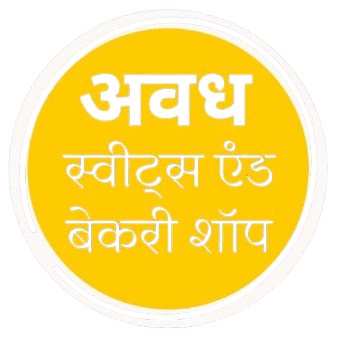🌹 Gulab Jamun: A Rich Dessert Steeped in Culture and Flavor
📌 What Is Gulab Jamun?
Gulab Jamun is a celebrated South Asian dessert consisting of soft, golden-brown dough balls soaked in aromatic sugar syrup. The name is derived from Persian: “Gulab” (rose water) and “Jamun” (a dark-colored Indian berry resembling the sweet in size and appearance).
Traditionally made with khoya (reduced milk solids), Gulab Jamun is a festive essential, found at weddings, religious ceremonies, and festivals like Diwali, Eid, and Holi. Its distinct aroma and melt-in-the-mouth texture make it a universally loved dessert, now popular far beyond the Indian subcontinent.
🌍 Why Is Gulab Jamun So Popular?
Gulab Jamun is more than just a sweet treat; it’s part of the cultural fabric of countries like India, Pakistan, Bangladesh, and Nepal. The comfort it brings—similar to how doughnuts or churros evoke nostalgia in Western cultures—makes it a dessert that connects generations and communities.
In recent years, it has gained prominence in international cuisine, featured in Indian restaurants across New York, London, Dubai, and more.
🧾 Ingredients & Regional Variations
✨ Traditional Ingredients
- Khoya (mawa): Thickened milk used as the dough base
- Maida (refined flour): For texture and binding
- Baking soda: Ensures softness
- Ghee or oil: For deep-frying
- Sugar syrup: Flavored with cardamom, rose water, and saffron
🌀 Popular Variations
| Variation | Description |
|---|---|
| Milk Powder Gulab Jamun | Made with milk powder and cream – simpler for home cooks |
| Kala Jamun | Darker version, often stuffed and caramelized |
| Bread Jamun | Budget-friendly version using bread |
| Stuffed Jamun | Filled with nuts, saffron, or coconut |
| Fusion Desserts | Cheesecake, milkshakes, or trifles with Gulab Jamun |
These adaptations allow the dessert to evolve while preserving its core identity.
🍳 Step-by-Step Guide: How to Make Gulab Jamun at Home
🧂 Ingredients
For the dough:
- 1 cup khoya (or ½ cup milk powder + ¼ cup cream)
- 1 tbsp all-purpose flour
- ⅛ tsp baking soda
- 1 tbsp milk (as needed)
- Ghee/oil for frying
For the syrup:
- 1½ cups sugar
- 1½ cups water
- 3–4 cardamom pods
- 1 tsp rose water
- Pinch of saffron (optional)
🧑🍳 Method
- Make Syrup: Simmer sugar, water, cardamom, and saffron. Once slightly thick, add rose water.
- Prepare Dough: Mix khoya, flour, and baking soda. Add milk slowly until dough is soft.
- Shape Balls: Roll into smooth, crack-free balls.
- Fry: Deep-fry on medium-low heat until golden brown.
- Soak: Place fried balls in warm syrup for at least 1 hour.
❗ Common Mistakes & Pro Tips
| Mistake | Cause | Solution |
|---|---|---|
| Cracked balls | Dough too dry | Add more milk |
| Hard inside | Oil too hot | Fry on low flame |
| Syrup not absorbed | Cold or thick syrup | Keep syrup warm and thin |
Pro Tip: Test one ball before frying the whole batch.
🎉 Cultural Significance of Gulab Jamun
From temples to banquet halls, Gulab Jamun plays a central role in South Asian hospitality and celebration. It is often the dessert of choice during:
- Religious festivals (Diwali, Eid, Navratri)
- Weddings & Engagements
- Housewarming parties & birthdays
It is also commonly offered in temples as a prasad (devotional offering), reinforcing its sacred significance.
🍰 Modern Twists and Global Fame
With Indian cuisine going global, Gulab Jamun has taken on creative new forms:
- Gulab Jamun Cheesecake
- Gulab Jamun Ice Cream
- Gulab Jamun Trifle
- Milkshake or Smoothie versions
These modern spins—featured by chefs on platforms like YouTube, Instagram, and MasterChef—help the dessert stay relevant and reach new audiences.
🧠 Final Thoughts
Gulab Jamun is not just a dessert—it’s a symbol of celebration and tradition. Its humble ingredients and rich history make it a dish that is both accessible and luxurious. Whether you stick to the classic or try a trendy fusion, one thing is certain: Gulab Jamun is here to stay.

